environment
Type of resources
Available actions
Topics
INSPIRE themes
Keywords
Contact for the resource
Provided by
Years
Formats
Representation types
Update frequencies
status
Scale
Resolution
-

Brussels-Capital Region: The sensitive area to eutrophication is a protected area against the pollution of surface waters caused by waste water. This area matches the Senne river basin. In this area, urban waste water has to be collected and are subject to a stringent treatment before their discharge. It was designated in accordance with the prescriptions of the European Directive 91/271/EEC, by the Regional Decree of 23 March 1994.
-
The UrbIS - Landscape product (formerly UrbIS - ADM 3D V2 Beta) is a dataset that combines the data from the “3D Constructions” product with the “Digital terrain model” to display a three-dimensional model of the ground and buildings in the Brussels-Capital region. The dataset is freely downloadable as zipped files.
-

This dataset corresponds to the publicly accessible green spaces. It is made of one geometric classes : publicly accessible green spaces.
-
This dataset corresponds to the workplace mobility plans in the Brussels-Capital Region. It is made of one geometric class.
-
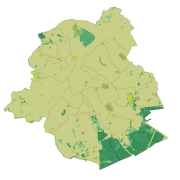
This dataset corresponds to the landscapes influences, as part of Brussels Environment's City-Nature initiative. It is made of one geometric classe : landscape influences.
-
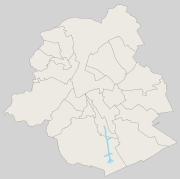
Brussels-Capital Region : location of Brussels drinking water catchment drainage gallery operated by VIVAQUA. Each section of the drainage gallery is named. Classified as protection area 1 of water extraction (with the extraction wells).
-
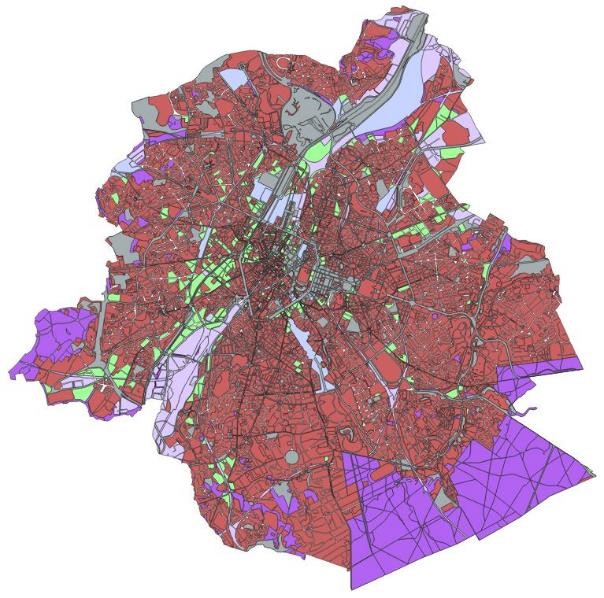
Brussels-Capital Region: Sensitivity classes applicable to the soil state registry, defined according to the regional land use plan (2017) and according to the correspondence established in the decree of 29 March 2018. Soil pollution response standards are derived from this. The sensitivity class is to be adapted to 'special area' if the site under study is in a Natura 2000 area or in a drinking water catchment protection area. The dataset specifies whether the site is yes (t=true) or no (f=false) in such an area. There are 6 different sensitivity classes: (1) residential, (2) particular, (3) industrial, (4) ZFM and ZEMU, (5) ZIR, ZIRAD and RF, (6) other.
-

Commissioned by Brussels Environment, BovaEnviro+ went in search of innovative inspection technologies and techniques to assist environmental monitoring officers, or inspectors, in carrying out their inspections. The report includes: an inventory of the information and concerns of the inspectors regarding the project; an overview of the technologies and techniques used in Belgium - outside Brussels - and in other European countries (France, the Netherlands and Germany); an assessment of the advantages/disadvantages (limitations) of the selected technologies and techniques; and an overview of the costs of the technologies and techniques and an inventory of potential suppliers. The study was split into three issues: - issue 1: air quality, climate and emissions of air pollutants ; - issue 2: noise and vibration ; - issue 3: surface waters.
-
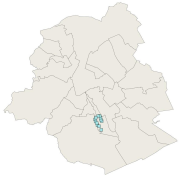
Brussels-Capital Region: localization of the extraction wells for drinking water in Brussels, run by VIVAQUA. Ranked as protected area 1 of the water extractions (with the drainage gallery)
-
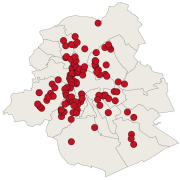
This dataset corresponds to projects "Inspirons Le Quartier". It is made of two geometric classes : the projects "Green Neighborhood" and the projects "Participative Sustainable Neighbourhoods".
 Geobru catalogue
Geobru catalogue